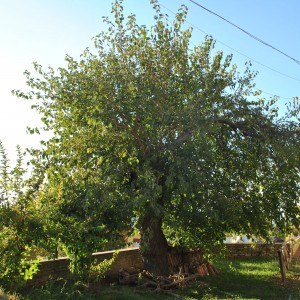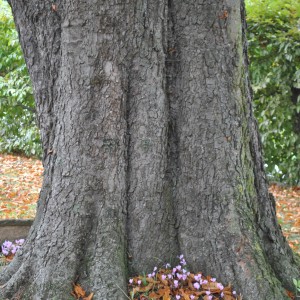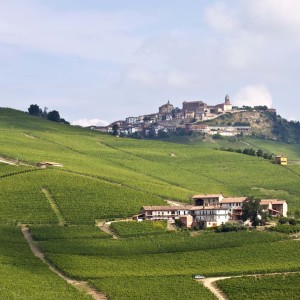Govone castle
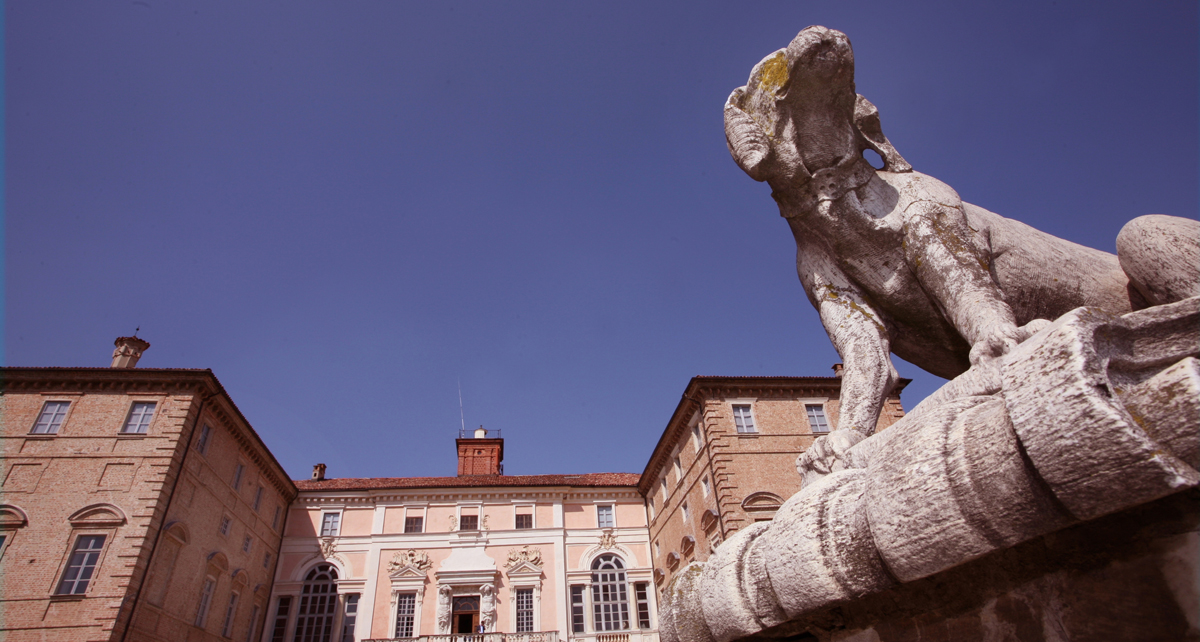
castello di Govone
Set on the border between Roero and Monferrato, the town of Govone dominates the large Tanaro valley from the summit of the hill.
The castle is the symbol and the pride of the village, that is in to the Unesco World Heritage list.
The great building was wanted by Solaro Counts, lord of govone, inspired mostly to the drawings of the architects Guarino Guarini for the southern facade and Benedetto Alfieri, Filippo Juvarra’s disciple, for the northern one.
The southern facade is rich of marbled decorations from Venaria, inserted around the middle of the eighteenth century and wanted by Solaros, who kept the feud until 1792 when, at the death of the last count without direct hier, the castle and its terrains passed to the Savoy Crown because of the extinction of the male line.
Three years later Vittorio Amedeo III of Savoy King of Sardinia donated the castle to his sons Carlo Felice Duca del Genovese and Giuseppe Maria Benedetto Placido count of Moriana. During the French domination, the Savoy family escaped to Sardinia and the castle, abandoned and deprived of its furniture, was subtracted from the ruin by Alfieri Counts of San Martino, who bought it with the purpose to give it back to the Savoys and later they ceded it to Carlo Felice, the only remaining owner (his brother had died in Sassari), for a nominal amount.
The structure
The current baroque building of Govone, delimited by a garden and a large English park, is the one wanted by Solaros, renovated in the 20s of the nineteenth century by Savoys and become the favourite summer residence of Carlo Felice King of Sardinia and his wife Maria Cristina of Borbone.
The renovation event under the direction of the architects Giuseppe Cardone e Michele Borda ended in 1825 and was concentrated on the settlement of the park and the interiors, already characterized by important Chinese wallpapers. The frescos in the central hall are really interesting, painted in chiaroscuro by the painters Luigi Vacca and Fabrizio Sevesi, who proposes Niobe’s mith. Also the pictorials decorations of the royal flats, always with mythological subjects, work of Carlo Pagani and Andrea Piazza, are really nice.
In 1831 with the death of Carlo Felice, who didn’t have heirs, the inheritance rights passed to Carlo Alberto of the collateral branch of Savoy-Carignano, while the goods of Govone , after the death of the widow Maria Cristina in 1849, passed to Ferdinando duke of Genoa, who built the overlook tower on the roof.
In 1870 the castle and the lands were sold to privates and in 1897 the Townhall Administration of Govone bought the castle and bade out a part of the furniture.
The Church of the Holy Spirit (1767) became the royal chapel with the arrival of Savoys to Govone and was linked to the Castle with a gallery. The vault was decorated by Giuseppe Morgari with the collaboration of Pagani and Piazza. Walking in the narrow street around the ramparts, you can see the house where Jean Jacques Rousseau lived during his visit in Govone.
The castle today
The Royal Castle of Govone appears today between the residences of Savoy that Unesco (United Nations Educational, Scientific and Cultural Organization) has put in the list of the artistic World Heritage with the decision of December 1997.
Address
CASTELLO REALE DI GOVONE
Piazza Roma, 1
12040 Govone (CN)
Share!





